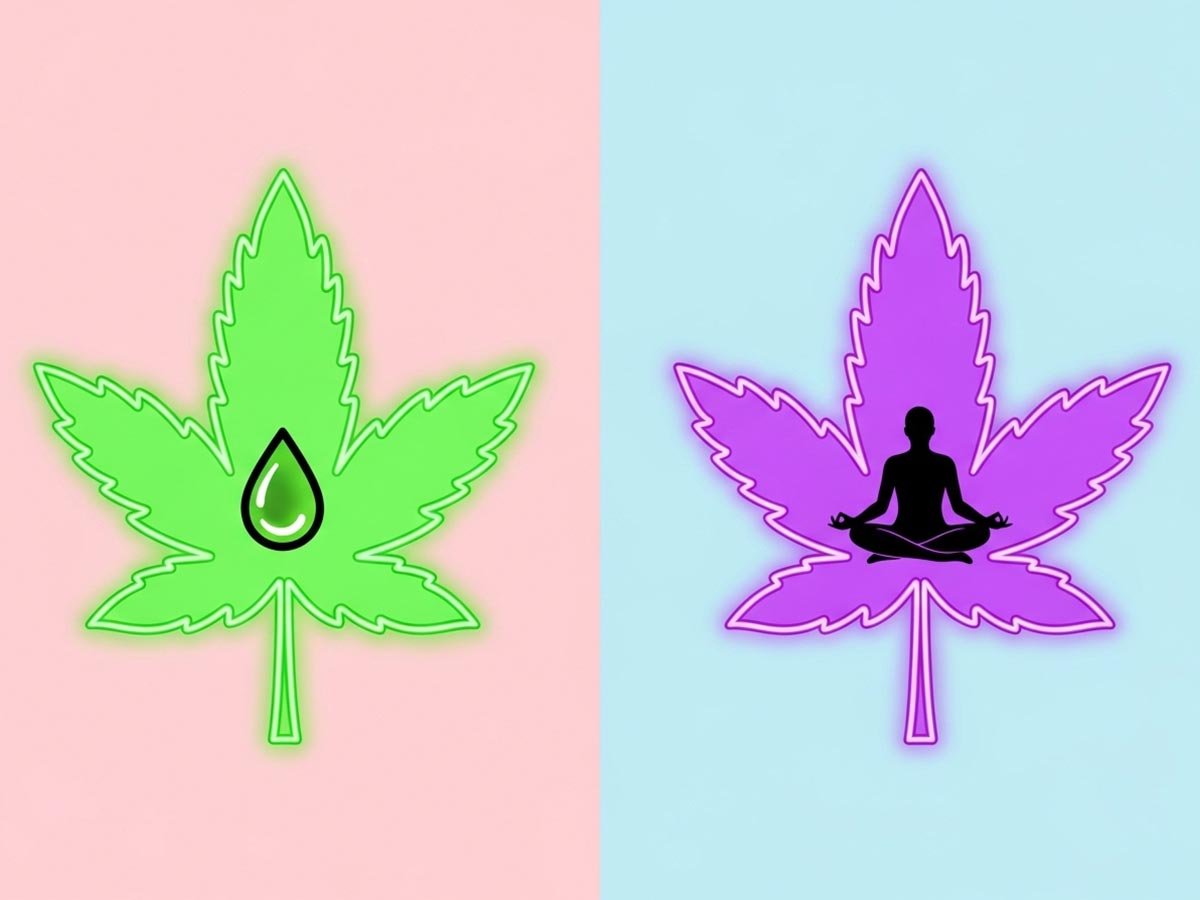When you’re trying to understand CBD vs THC, it boils down to one simple question: do you want the “high” or not? While both come from the cannabis plant and have nearly identical chemical structures, that single difference changes everything—from how they make you feel to how they’re sold and regulated.
Think of them as two sides of the same coin. Understanding which side is right for you is the key to unlocking the benefits you’re actually looking for.
Understanding The Core Differences
At a molecular level, Cannabidiol (CBD) and Tetrahydrocannabinol (THC) are practically twins. They share the same chemical formula, but a tiny twist in their atomic arrangement gives them dramatically different effects on your body. It’s this slight structural difference that separates gentle, non-intoxicating relief from a full-blown euphoric experience.
This one distinction sent them down completely separate legal and cultural paths. THC was first isolated in the 1960s, and its psychoactive properties quickly made it a target for heavy regulation. CBD, on the other hand, gained fame for its potential health benefits without the high, carving out a very different—and much more accessible—legal status. You can get a deeper sense of this history from these cannabis industry statistics.
This visual gives you a clear, side-by-side look at what sets them apart.
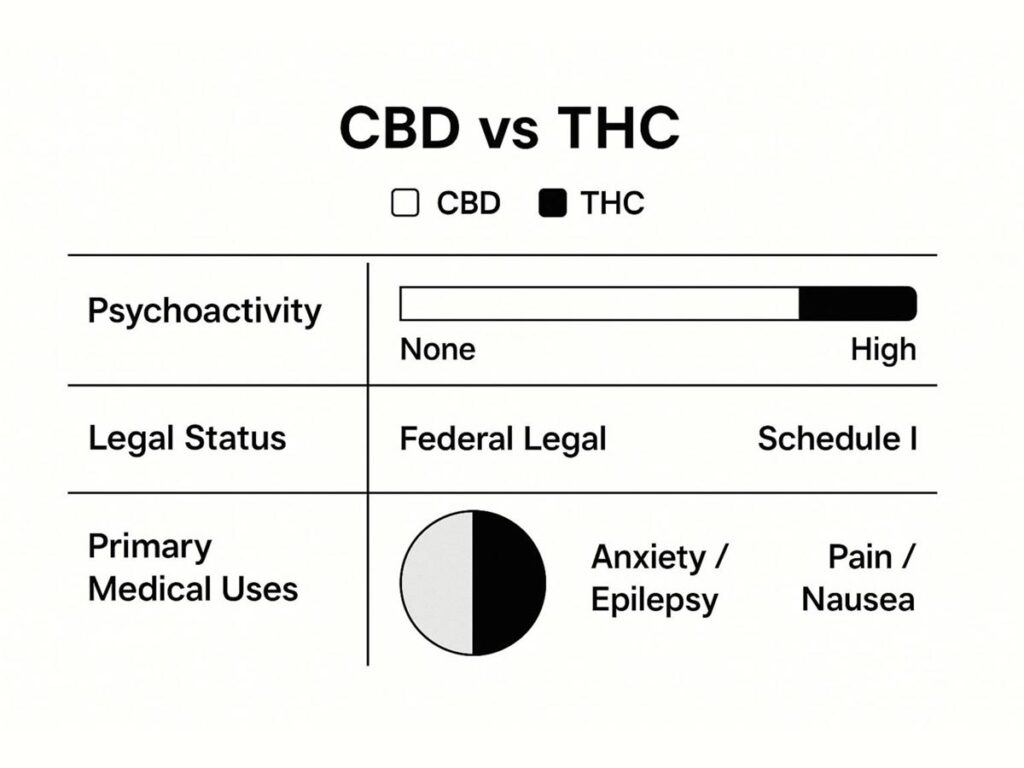
As you can see, while THC is often the go-to for managing things like pain and nausea, CBD has become a trusted choice for tackling everyday issues like anxiety and inflammation without slowing you down.
A Look at Their Chemical Structures
The secret to their different effects is all about shape. THC’s molecular structure allows it to bind perfectly with the CB1 receptors in your brain, essentially “unlocking” the psychoactive effects that create the “high.”
CBD’s structure is just different enough that it can’t create that same bond. Instead of forcing its way in, it works more indirectly with your body’s endocannabinoid system. This is the fundamental reason why CBD is non-intoxicating and a safe choice for daytime use.
Key Differences Between CBD and THC at a Glance
To make it even clearer, let’s break down the main distinctions in a simple table. Use this as a quick reference guide to decide which compound is a better fit for your goals.
| Attribute | CBD (Cannabidiol) | THC (Tetrahydrocannabinol) |
|---|---|---|
| Psychoactivity | Non-psychoactive; does not cause a “high.” | Psychoactive; causes the euphoric “high” associated with cannabis. |
| Primary Medical Uses | Anxiety, inflammation, seizures, and pain management. | Severe pain relief, nausea, appetite stimulation, and insomnia. |
| Federal Legal Status | Legal if derived from hemp containing less than 0.3% THC. | Federally illegal (Schedule I substance), though legal for medical or recreational use in many states. |
| Common Side Effects | Generally mild; fatigue, changes in appetite, or diarrhea. | Dry mouth, red eyes, impaired coordination, and sometimes anxiety or paranoia. |
This table highlights the most important takeaway: while they come from the same plant, their effects, uses, and legal standing are worlds apart. Your choice depends entirely on the outcome you want.
How They Work in Your Body
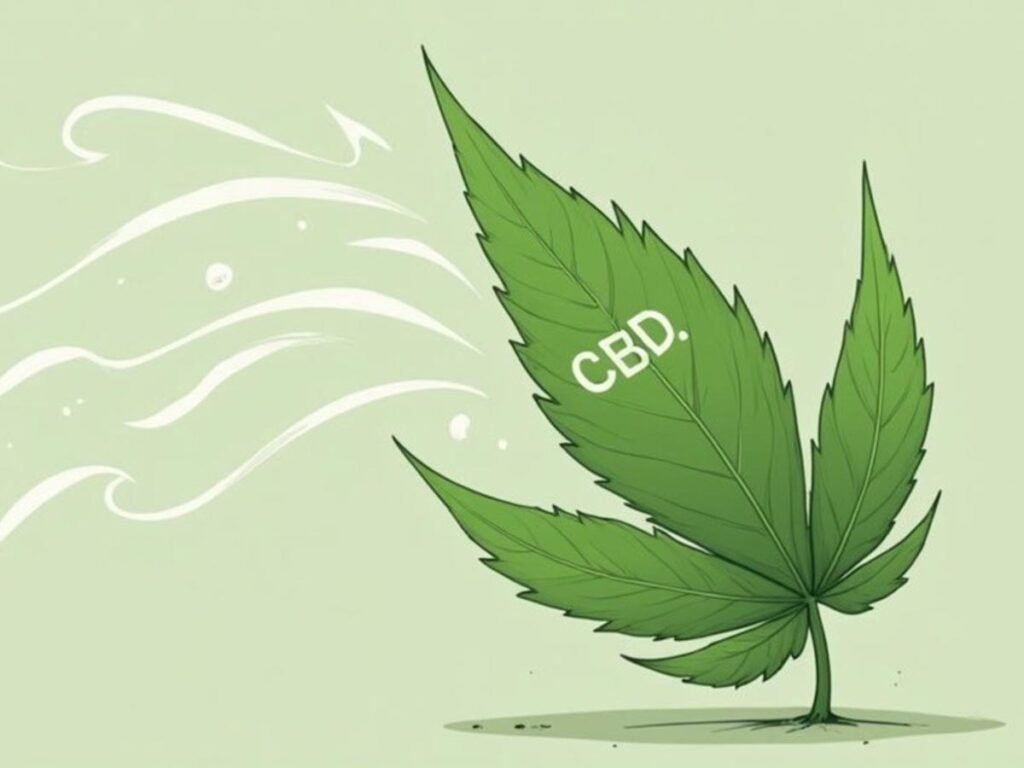
The reason CBD and THC produce such different results comes down to how they interact with your body’s endocannabinoid system (ECS). This isn’t just some fringe science; it’s a vital network of cell-signaling receptors that helps regulate everything from your mood and sleep to appetite and pain. Think of it as your body’s internal balancing act, constantly working to keep you on an even keel.
Both cannabinoids influence this system, but they have completely different communication styles. When weighing what is CBD vs THC, understanding this difference is key—it separates gentle, therapeutic support from an intoxicating high.
THC The Direct Activator
THC takes a direct, head-on approach. Its shape allows it to fit perfectly into the cannabinoid receptors in your body, especially the CB1 receptors concentrated in your brain and central nervous system. It’s like having a master key that slides right into a lock and turns it.
When THC binds to and activates those CB1 receptors, it triggers the cascade of effects known as the cannabis “high.” This is what causes altered perceptions, euphoria, and sometimes impaired coordination. That strong, direct connection is also why THC can be so effective for knocking out severe pain or jump-starting a non-existent appetite.
Actionable Insight: Because THC directly activates brain receptors, it’s a powerful tool for acute symptoms that need an immediate, strong response. However, this same mechanism is what makes it intoxicating and potentially overwhelming for new users.
CBD The Indirect Influencer
CBD, on the other hand, is much more subtle. It doesn’t bind directly to the CB1 or CB2 receptors like THC does. Instead of forcing the lock open, CBD acts more like a skilled manager, gently influencing the entire system to work more efficiently without causing a psychoactive jolt.
So, what does it actually do?
- It modulates receptors: CBD can actually change the shape of cannabinoid receptors, which can make it harder for THC to bind to them. This is the science behind why some people use CBD to soften a THC high that feels too intense.
- It works on other pathways: CBD also interacts with other targets in the body, like serotonin receptors, which are crucial for managing anxiety and mood. This is why it can produce a calming effect without sedation.
- It boosts your body’s own cannabinoids: CBD is known to inhibit the enzyme that breaks down anandamide—an endocannabinoid your body produces naturally. More anandamide means a greater sense of well-being, supported by your own body.
This behind-the-scenes work is why CBD’s benefits—like reducing inflammation or easing anxiety—can be so profound without the high. It helps your body find its own equilibrium. For an official perspective on how these compounds work, the National Institutes of Health offers a detailed overview.
Comparing Real-World Therapeutic Uses
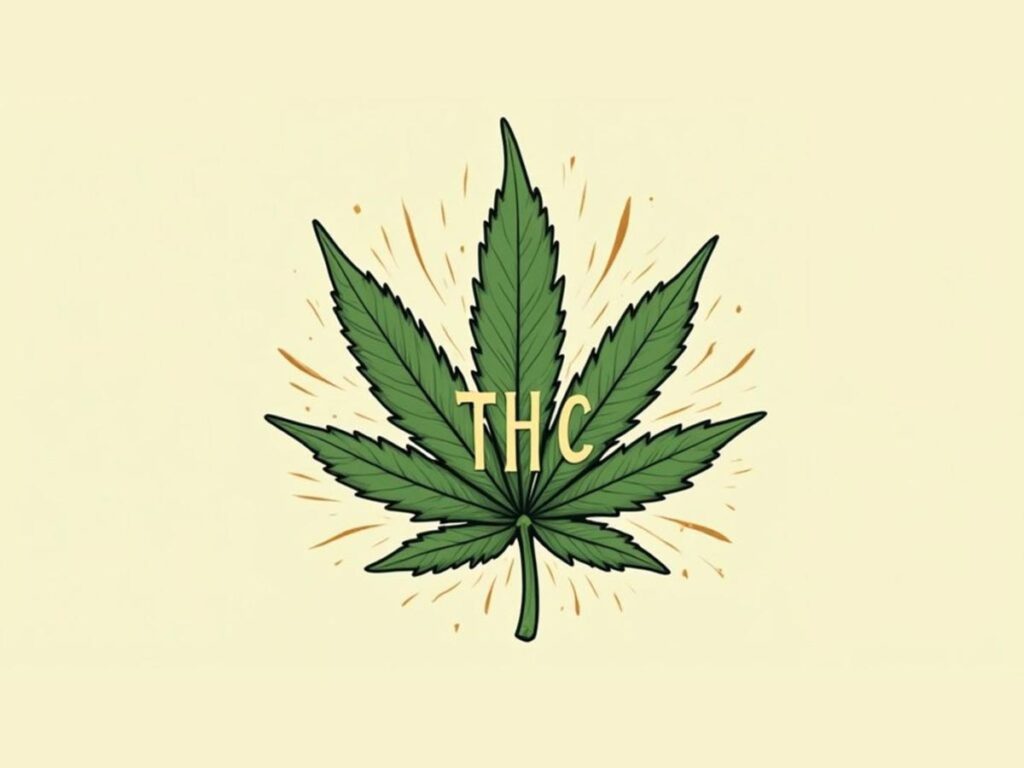
While the science is important, what truly matters is how these compounds help people in their everyday lives. Both CBD and THC have carved out unique spaces in modern wellness, but they excel in different situations. This isn’t just a niche trend—the combined market for these products was valued at $9.1 billion in 2020 and continues to grow.
When customers ask me which one to choose, I start with a simple question: are you looking for relief you can feel working throughout your day, or do you need powerful, immediate intervention? Your answer will point you in the right direction.
CBD: Your Go-To for Daily Wellness and Balance
Since CBD won’t get you high, it has become the perfect tool for managing conditions that require consistent, daily support without interfering with your life. It’s the practical choice for anyone who needs to stay sharp for work, drive a car, or simply remain focused and present.
Practical Example: Imagine someone dealing with chronic arthritis. They might take a CBD tincture every morning. The goal isn’t a sudden wave of relief, but to maintain a baseline level of comfort that reduces inflammation and allows them to move more freely throughout their day.
Here are a few common scenarios where people successfully use CBD:
- Taming everyday anxiety: A few drops of CBD oil can help take the edge off social stress or a busy workday without the “fuzziness” that can come with THC.
- Improving sleep quality: It can help calm a racing mind, making it easier to fall asleep naturally and wake up feeling refreshed, not groggy.
- Easing inflammation: Athletes often use topical CBD balms on sore muscles after a tough workout to speed up recovery.
- Targeting specific pain: For issues like nerve pain or stubborn headaches, CBD offers a non-intoxicating path to relief. To learn more, check out our guide on how CBD can help with headaches and migraines.
Actionable Insight: Think of CBD as a long-term wellness partner. It’s about gently nudging your body back toward balance to manage chronic issues, not about knocking out a severe symptom instantly.
THC: For When You Need Strong, Immediate Relief
THC is the heavy hitter. Its psychoactive effects and potent nature make it the better tool for tackling severe, acute symptoms where fast, powerful relief is the top priority.
Practical Example: Consider a cancer patient undergoing chemotherapy who is dealing with debilitating nausea and a complete loss of appetite. In that situation, THC’s ability to quickly settle the stomach and trigger hunger can be life-changing. While the “high” is a side effect, its therapeutic power often far outweighs it for patients in serious need. In fact, studies show 20% to 40% of cancer patients use cannabis to manage these difficult side effects.
People often turn to THC for situations like:
- Severe or stubborn pain: It’s known to be highly effective for intense pain that doesn’t respond to other treatments.
- Serious insomnia: When you just can’t fall asleep, THC’s sedative qualities can provide a powerful knockout punch.
- Nausea and vomiting: It is particularly effective at combating chemotherapy-induced nausea.
- Appetite stimulation: For patients with conditions like HIV/AIDS or cancer, THC can help prevent dangerous weight loss.
Ultimately, the choice between CBD and THC comes down to your unique needs, your lifestyle, and your comfort level with psychoactive effects.
Potential Side Effects and Safety Concerns
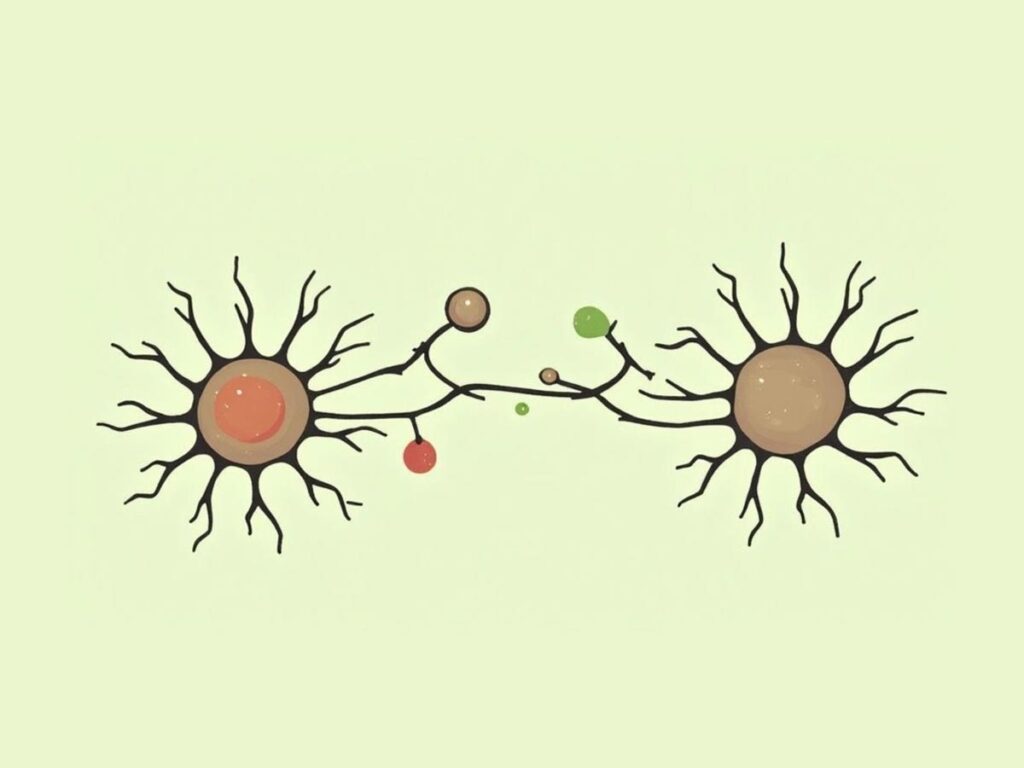
While both CBD and THC offer significant benefits, it’s just as important to understand their potential downsides. Neither is completely risk-free, and your individual reaction will depend on everything from the dose to your own body chemistry.
Making an informed choice means looking at the complete picture—the good, the bad, and the sometimes uncomfortable. After all, the goal is to feel better, not trade one problem for another.
Unpacking THC Side Effects
It’s THC’s psychoactive nature that’s behind its most well-known side effects. For some, the euphoria is the desired effect. For others, it can feel overwhelming.
Common short-term effects of THC include:
- Anxiety or paranoia: Higher doses, especially for inexperienced users, can sometimes trigger feelings of unease instead of relaxation.
- Impaired coordination and memory: THC can temporarily affect motor skills and short-term memory, which is why you should never drive or operate machinery after using it.
- Dry mouth and red eyes: These are classic, harmless indicators that someone has recently consumed THC.
Long-term, heavy THC use can present other concerns, particularly for younger individuals whose brains are still developing.
The Bottom Line: THC’s effects are powerful. While this intensity is ideal for certain therapeutic needs, it also means the risk of noticeable side effects is significantly higher than with CBD. Start low and go slow.
CBD’s Generally Mild Profile
On the other hand, CBD is widely considered very safe. The vast majority of people tolerate it extremely well, which is a key reason for its mainstream popularity. Its side effects are typically mild and infrequent.
When they do occur, they usually include:
- Fatigue or drowsiness: This is most common at higher doses and is actually why some people use CBD as a sleep aid.
- Changes in appetite or weight: Some users report being slightly more or less hungry than usual.
- Gastrointestinal issues: An upset stomach or diarrhea can happen, but it’s uncommon.
Here’s a critical point for both: drug interactions. Both CBD and THC can interfere with how your body metabolizes certain prescription medications, including common ones like blood thinners. It is essential to speak with a doctor before adding any cannabinoid to your routine if you take other medications or have an underlying health condition.
For more information directly from a trusted source, the U.S. Food and Drug Administration (FDA) provides essential guidance on the safety of cannabis-derived products.
Making Sense of Complicated Cannabis Laws
Navigating the laws around CBD and THC can feel like assembling a puzzle with pieces that keep changing. The most important piece of that puzzle is the 2018 Farm Bill. This landmark federal legislation fundamentally changed the cannabis landscape in the United States.
In simple terms, the bill drew a clear legal line between hemp and marijuana. It made hemp and its derivatives, like CBD, federally legal. The critical condition? The product must contain no more than 0.3% THC by dry weight. This single rule is why you can now find CBD oils, gummies, and lotions in stores across the country.
But federal legality is just the beginning of the story.
Federal Rules vs State Laws
Even with the federal green light, individual states have the final say on how hemp-derived CBD is regulated within their borders. This has created a confusing patchwork of rules that can vary dramatically from one state to another.
THC, meanwhile, remains a Schedule I substance under federal law, meaning it’s technically illegal nationwide. Despite this, a growing number of states have defied federal classification by passing their own laws legalizing THC for either medical or recreational use.
This creates a direct conflict between state and federal law, which is why knowing your local rules is absolutely essential. If you’re in Nevada, for example, staying current on Las Vegas weed laws is key to consuming safely and legally.
The FDA’s position highlights a crucial point: just because a product is available for purchase doesn’t mean it’s fully regulated or legal everywhere. As a consumer, the responsibility falls on you to do your homework.
Actionable Insight: A product’s availability on a store shelf does not guarantee its legality in your specific location, nor does it mean its health claims have been verified. Always double-check your local laws and buy from reputable sources.
Laws are constantly evolving. Before you buy, a quick search for your state’s current cannabis policies is always a smart move. For trustworthy information, stick to official government sources. The FDA offers consumer updates on cannabis that can help you make safe and legal choices.
How to Choose the Right Cannabinoid for You
Choosing between CBD and THC boils down to your personal goals. There’s no single “best” option—it’s about matching the right tool to the right job based on your health needs, your lifestyle, and the experience you’re seeking.
Let’s use a practical example. Imagine you’re an athlete who needs help with post-workout muscle soreness but can’t afford any mental impairment. In this case, CBD is the clear winner. Its anti-inflammatory properties can accelerate recovery without affecting your focus. This is a huge reason why, by 2022, about a third of Americans had tried CBD. You can learn more from these impressive CBD statistics.
Making a Situational Choice
Now, let’s flip the script. Say you’re dealing with severe, chronic pain under a doctor’s care, and other treatments have failed. Here, THC might be the more effective tool. Its powerful, fast-acting pain relief can be a game-changer for serious conditions that don’t respond to milder options.
Actionable Insight: Match the cannabinoid to the problem. CBD is your go-to for managing ongoing issues like everyday anxiety or inflammation. THC is built to tackle intense, immediate symptoms that need a stronger solution.
Considering the Entourage Effect
But what if you didn’t have to choose just one? The “entourage effect” is a theory suggesting that CBD and THC work better together. When combined, they can enhance each other’s therapeutic benefits, and the CBD can even help reduce the potential anxiety from THC’s psychoactive high, leading to a more balanced experience.
This synergy is why many people prefer full-spectrum products that contain a range of cannabinoids. If you’re looking for the best of both worlds, exploring a full-spectrum CBD and THC tincture could be the perfect place to start. For a deeper dive, check out our quick guide to CBD and THC tinctures.
Ultimately, finding what works for you may involve some experimentation. Start with a low dose and adjust until you find the ratio that your body responds to best.
Got Questions About CBD and THC? We’ve Got Answers.
Diving into the world of cannabinoids can bring up a lot of questions. Here are clear, actionable answers to some of the most common ones we hear.
Will CBD Make Me Fail a Drug Test?
This is a major concern, and the answer is: it’s possible. Standard drug tests are designed to detect THC, not CBD. The complication arises because many full-spectrum CBD products legally contain trace amounts of THC (up to 0.3%).
While this is a tiny amount, consistent use could cause it to accumulate in your system over time, potentially leading to a positive test result.
Actionable Insight: If you are subject to drug testing, your safest bet is to use products made from CBD isolate (99%+ pure CBD) or broad-spectrum CBD. Broad-spectrum products contain other beneficial cannabinoids but have the THC specifically removed. Always check the product’s lab report (Certificate of Analysis) to be certain.
Is It Better to Take CBD and THC Together?
For many people, the answer is a resounding yes. The concept of the “entourage effect” suggests that these compounds work synergistically—their combined effect is greater than the sum of their individual parts.
Think of it as a team effort. CBD can help temper the intense high of THC, reducing potential anxiety or paranoia. The ideal ratio depends on your goal. For mild relaxation, a product high in CBD with just a touch of THC might be perfect. For someone needing powerful pain relief, a higher THC ratio would likely be more effective.
What Is the Actual Difference Between Hemp and Marijuana?
This is a common point of confusion. Botanically, hemp and marijuana are the same plant species: Cannabis sativa. The difference isn’t biological—it’s a purely legal distinction based on one number: 0.3% THC.
- Hemp: A cannabis plant is legally classified as hemp if it contains 0.3% or less THC by dry weight.
- Marijuana: A cannabis plant with more than 0.3% THC is legally considered marijuana.
That’s it. This single legal line, established by the 2018 Farm Bill, is why hemp-derived CBD is widely available, while marijuana is subject to much stricter regulations. You can find the official definitions from government sources like the U.S. Department of Agriculture.
At Wallflower Cannabis House, our knowledgeable budtenders are here to guide you through these choices and help you find the perfect product for your needs. Whether you’re a local to Las Vegas or just visiting, explore our selection online or visit us in person at one of our locations.

